For some, spring allergies progress as symptoms that began during winter months and persist into the next season. For others, it’s a sharper contrast. March through May are typically the most severe times of the year for those with allergies, also known as allergic rhinitis or ‘hay fever’.
Due to the large variety of plant species that can cause allergy symptoms to appear as the weather begins to warm up, it is important to understand how and when they can occur so that allergies can be reduced, prevented and/or treated. What’s more is that this year’s allergy season is expected to be worse than last year’s (which was already an outlier in its own right).
Flowers and spring are closely associated with anecdotes like “April showers bring May flowers”, but many types of flowers are not the main source of pollen that we connect with allergy symptoms. That isn't to say there aren’t a few types of flowers that can cause allergies, but tree pollens are actually some of the heaviest influencers on allergy sufferers during the spring season, especially in the earlier months.
Ash, cedar, cypress, elm, hickory, maple, oak, poplar, and sycamore are some examples of likely allergy sources. Grasses are the next largest source of allergens in the spring months, often carrying into early summer. May is considered a cross-over period for higher allergy counts in both types, but luckily for some areas around the country, the peak seasons for these types of plants differ slightly.
While weeds (like ragweed) are also a top allergy producer, they don’t usually start producing significant amounts of pollen until summer and through fall (and occasionally into winter months for irregularly warm winters).
What can I do to prevent or avoid spring allergies?
- Similar to dealing with winter allergies in warmer climates, it is helpful to check for high pollen count days from your local news or weather apps to help you know when it might be a good day to stay indoors, if possible. Rainy days may seem like they are putting a temporary damper on pollen in the air, but following rain, pollen development spread usually increases as plants are nourished with rain.
- An air purifier can pull out any pollen that may have been let in. Keeping your windows, vents, and doors closed during peak times and overnight can prevent additional pollen grains from seeping in. Reminder: Pollen is well-known for traveling many miles on the wind!
- Vacuum and/or dust frequently in your home. Pollen, like many other allergens, can get easily attached to soft surfaces.
- When outside, try an RZ M2 mask to shield your mouth and nose for the ultimate comfort, and use G2 Tinted Safety-glasses to cover your eyes. Wearing a hat can also keep pollen out of your hair. If you spend a lot of time outdoors (i.e. lawn care, landscaping, etc.), especially on higher pollen days, laundering your clothes and showering soon after exposure can reduce the spread of pollen in your household.
- Take antihistamines or decongestants which can aid in dealing with allergies. Speak to your doctor or an experienced allergy specialist if you have concerns or would like more tailored advice to dealing with allergies in your area.


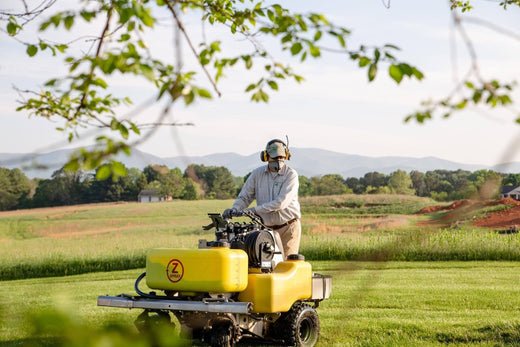


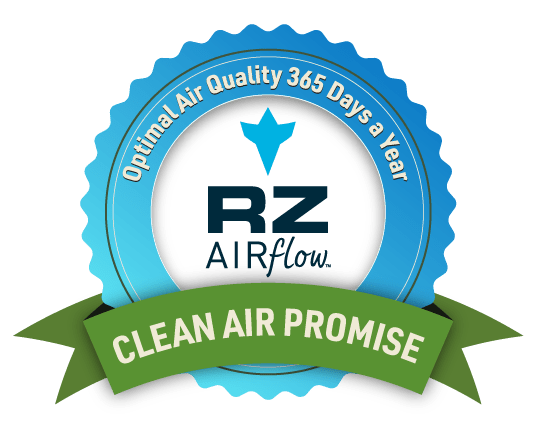




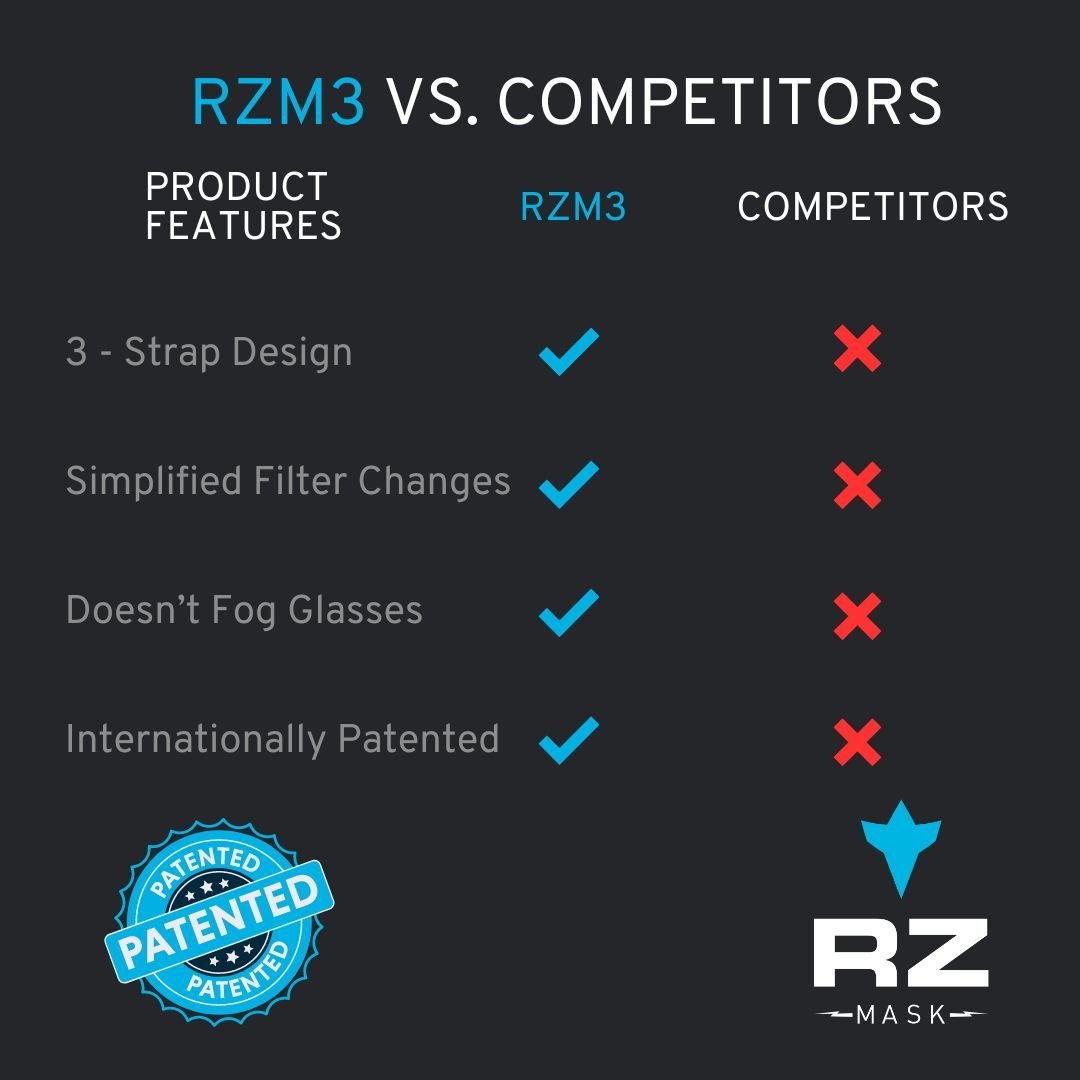
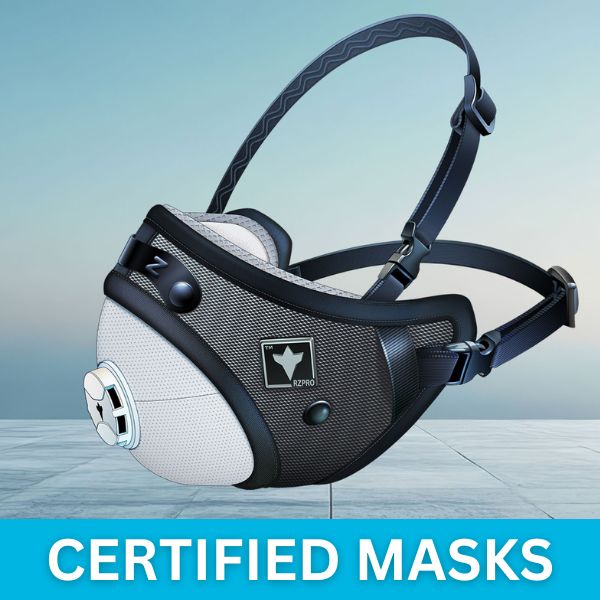



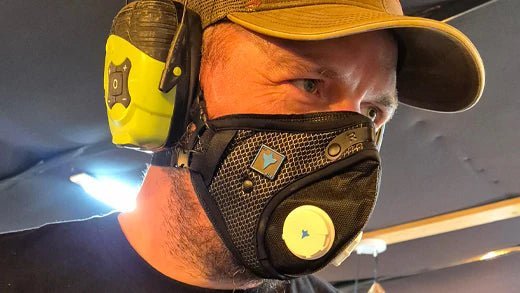

RZ Answers: When to use an N95 Respirator vs. a Reusable RZ Mask
RZ Answers: RZ Receives A+ Score from Better Business Bureau